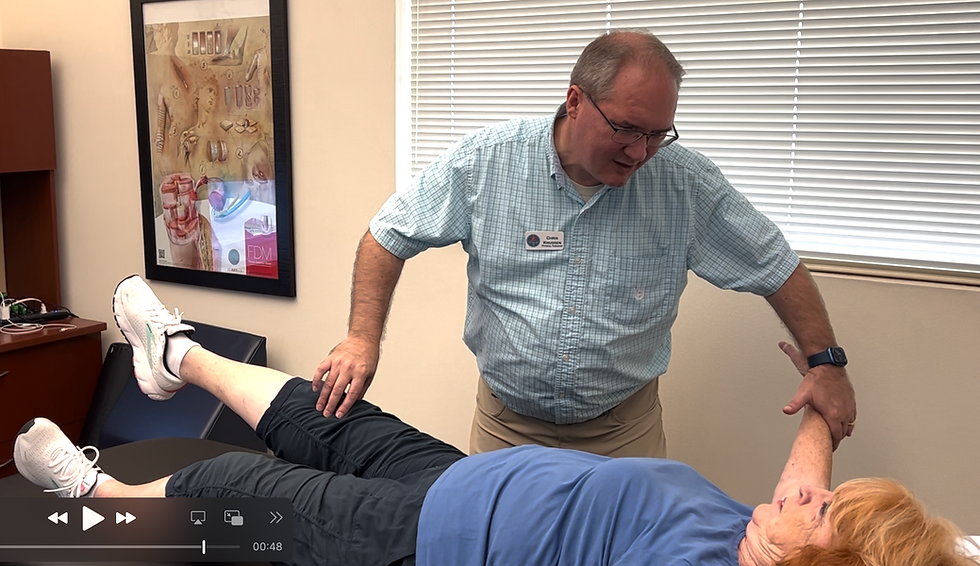Moving Fascia Decreases Inflammation
- muscleiq2
- Feb 6, 2021
- 2 min read
Updated: Mar 13, 2021
by Dr. Chris Knudsen
Muscle IQ - Physical Therapy
Fascia Video review and summary
At Muscle IQ - Physical Therapy our treatments and exercises help us achieve some of the best results available for recovering from accidents and injury. This is because we use the best treatment techniques available in the world. Our techniques are backed by research. This blog post is a review of a YouTube video about Fascia from the University of California Television (UCTV) YouTube channel.
In this video, Dr. Helene Langevin explains the importance of connective tissue in the body and its link to the immune system. She talks about recent findings on the effects of stretching on inflammation and fibrosis and the relevance of these findings to chronic pain.
We are going to focus on two clips from the video that are the most relevant to physical therapy. Watch the first video below.
(Duration - 2:52)
This segment of the video above talks about musculoskeletal pain and looks at an ultrasound study about low back pain and the difference in the thickness of the lumbothoracic fascia.
Dr. Langevin does a good job of explaining how a lot of back pain comes from the fascia. People with chronic low back pain have thicker fascia in the low back. We feel this all the time in our patients with low back pain. It also is the same with pain anywhere else in the body. Neck pain, shoulder pain, knee pain. They all have tender spots of hardened fascia. Hardened fascia decreases your ability to move, and makes it hard to function.
Now watch this next video.
(Duration - 3:02)
This segment above looks at low back pain and how the fascia does not glide, and how your fascia can develop adhesions. The treatment techniques we use at Muscle IQ help loosen those adhesions.
There are many other topics discussed in the rest of the video:
During normal healing your body goes through an inflammatory process and a rebuilding phase. Sometimes the inflammatory process fails to stop and this stops the healing process. If the healing mechanism fails you get chronic inflammation, which can lead to fibrosis, or scaring going out of control. This thickening of the fascia and scaring increases stiffness and restricts movement. Stretching helps injured tissues scar less. The video also shows the effects of stretching on chronic inflammation. By moving the fascia, more cells are produced in the fascia that help bring the inflammation process to an end and decreases the production of scar tissue. In one study in the video stretching and manipulation of the fascia was shown to help stride length, pain sensitivity, and decreased inflammation.
If you are interested in seeing how Muscle IQ can help you recover from your low back pain just give us a call at 801-310-0851,




Comments